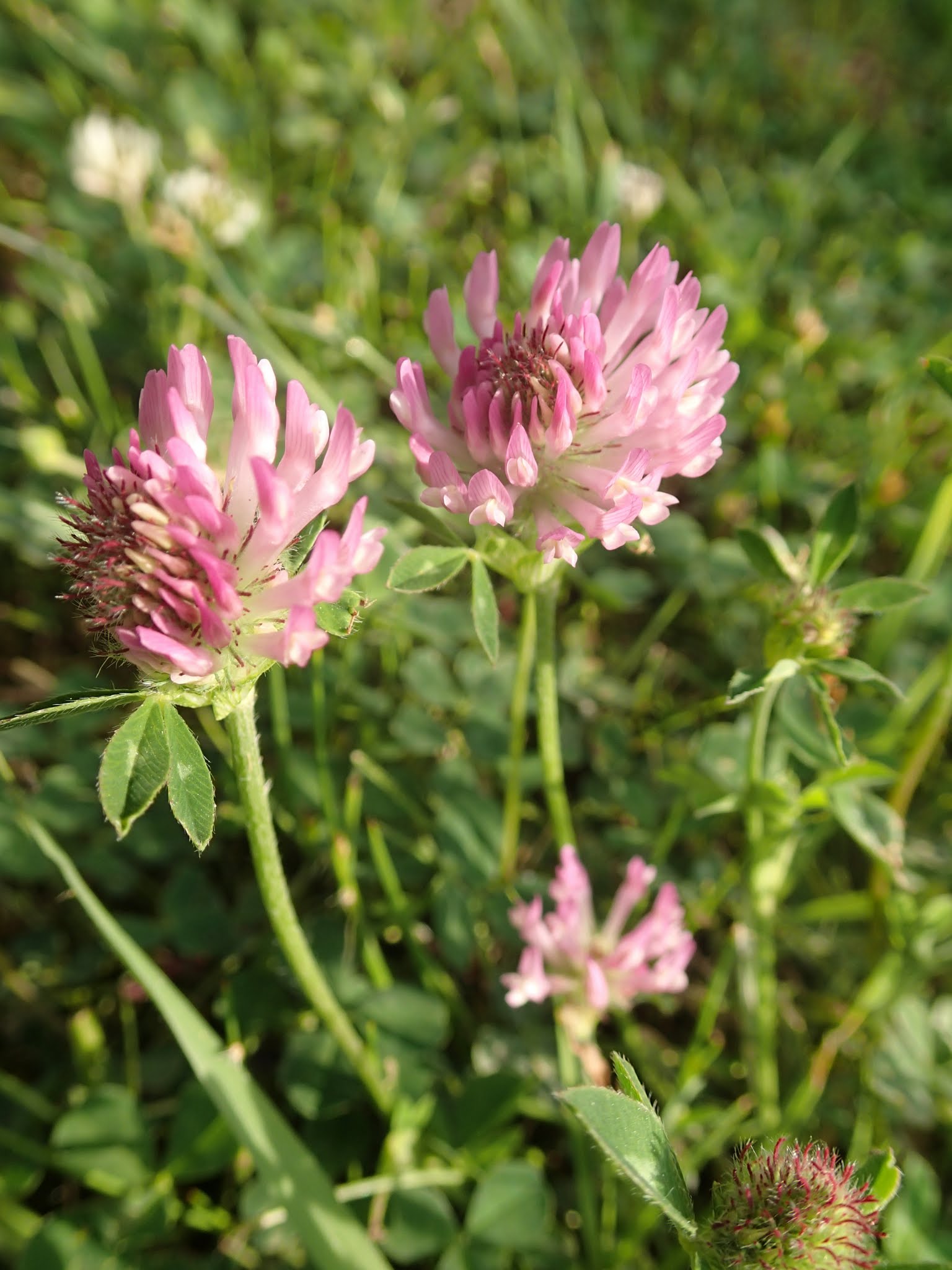Clover, Over and Over: Reality of Clover Lawns
go.ncsu.edu/readext?991290
en Español / em Português
El inglés es el idioma de control de esta página. En la medida en que haya algún conflicto entre la traducción al inglés y la traducción, el inglés prevalece.
Al hacer clic en el enlace de traducción se activa un servicio de traducción gratuito para convertir la página al español. Al igual que con cualquier traducción por Internet, la conversión no es sensible al contexto y puede que no traduzca el texto en su significado original. NC State Extension no garantiza la exactitud del texto traducido. Por favor, tenga en cuenta que algunas aplicaciones y/o servicios pueden no funcionar como se espera cuando se traducen.
Português
Inglês é o idioma de controle desta página. Na medida que haja algum conflito entre o texto original em Inglês e a tradução, o Inglês prevalece.
Ao clicar no link de tradução, um serviço gratuito de tradução será ativado para converter a página para o Português. Como em qualquer tradução pela internet, a conversão não é sensivel ao contexto e pode não ocorrer a tradução para o significado orginal. O serviço de Extensão da Carolina do Norte (NC State Extension) não garante a exatidão do texto traduzido. Por favor, observe que algumas funções ou serviços podem não funcionar como esperado após a tradução.
English
English is the controlling language of this page. To the extent there is any conflict between the English text and the translation, English controls.
Clicking on the translation link activates a free translation service to convert the page to Spanish. As with any Internet translation, the conversion is not context-sensitive and may not translate the text to its original meaning. NC State Extension does not guarantee the accuracy of the translated text. Please note that some applications and/or services may not function as expected when translated.
Collapse ▲Clover lawns are touted as the saving grace of the low green areas (aka lawns) we demand around our homes and buildings for folks who want to provide nectar and forage for pollinators. Everyone seems to have an opinion on this, from dime-a-dozen garden bloggers to well-known names like Bob Villa and big box store brands. You could swim in the conflicting opinions and perspectives, but this isn’t helpful at the end of the day. You need to have reasonable expectations for what to expect and under what circumstances to use clovers in your lawn areas.
The Realities
Clovers are great to mix into a lawn area, but not realistic to expect it to be the only thing there North Carolina has a great climate for growing a variety of plants. This makes it challenging for folks who want to maintain a monoculture of any kind of plant, but especially areas where they do not want to put a lot of effort into! A realistic clover lawn will also have other plants growing with it, especially grasses and other groundcover types of plants. This is okay. A “clover lawn” that the manager intends to be “low maintenance” and serve pollinators can and should contain more than just clover! The more inputs you put in the more likely you are going to do more harm than good.
Not all Clovers are the Same
There are three main species that are used for clover lawns and forages: White (or sometimes called Dutch), Red and Crimson clovers. Some Clovers are semi-

Red Clover – photo by Amanda Wilkins
dormant or fully dormant in the summer and the coldest part of winter. Some can tolerate foot traffic and mowing, and some can’t. Make sure you research which clover is appropriate for how you plan to use and manage the area where you want to install your clover lawn.
Timing is Everything, and Spring is TOO LATE
It is usually spring when I start getting phone calls and emails about clover lawns, but this is too late for getting a clover lawn established, unfortunately. In the Piedmont of NC, incorporating clover into your lawn areas is best done in the late summer (August 15-September 15) for crimson clover, and early fall (September 15-October 15) for white and red clovers. You can try frost seeding white and red clover during February; but fall is still best because clovers prefer cooler weather and getting them in in the fall gives them time to get established before it gets hot.
Give It a Try, but Be Reasonable with Your Expectations
Remember: there is no such thing as a maintenance-free landscape; let alone a maintenance-free lawn. Lawns are a point of contention among homeowners, landscapers and land managers. Everyone’s vision for a lawn is different: some folks want a monoculture stand of one type of turfgrass and have no tolerance for any weeds; and clovers are usually seen as a bane. Others are okay with something they can mow that is mostly green. If you would like to incorporate clovers into your lawn, understand what you want out of your lawn area and plan your soil prep and seeding timeline for the fall!
Amanda Wilkins is the Horticulture Agent for North Carolina Cooperative Extension in Lee County.




